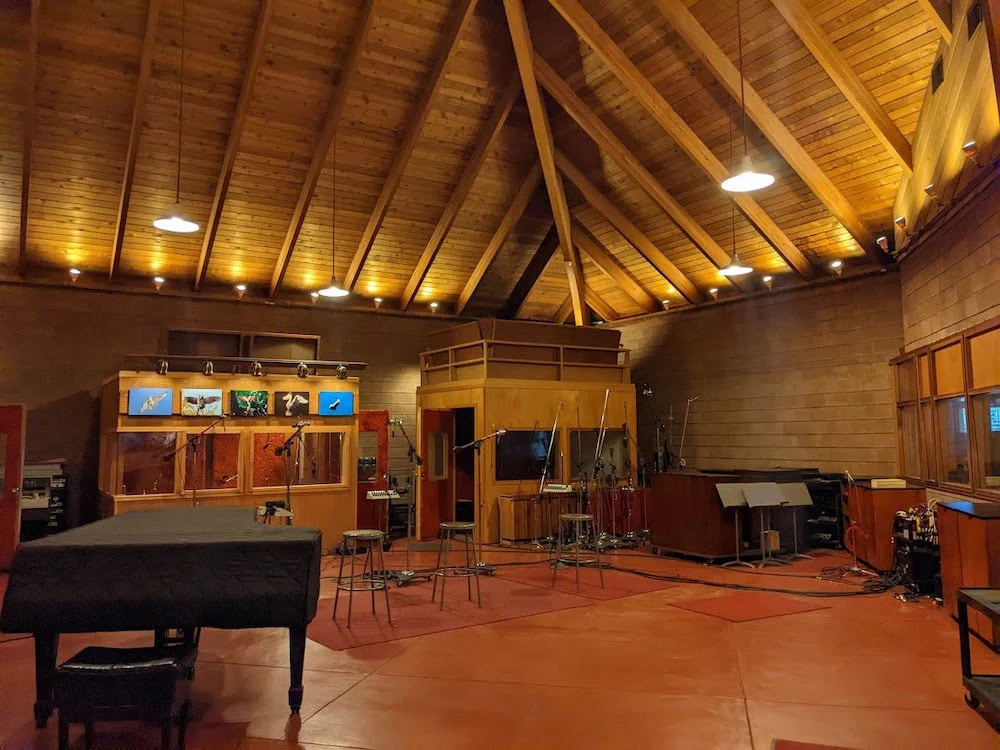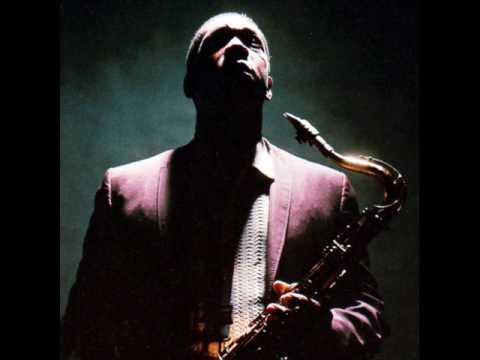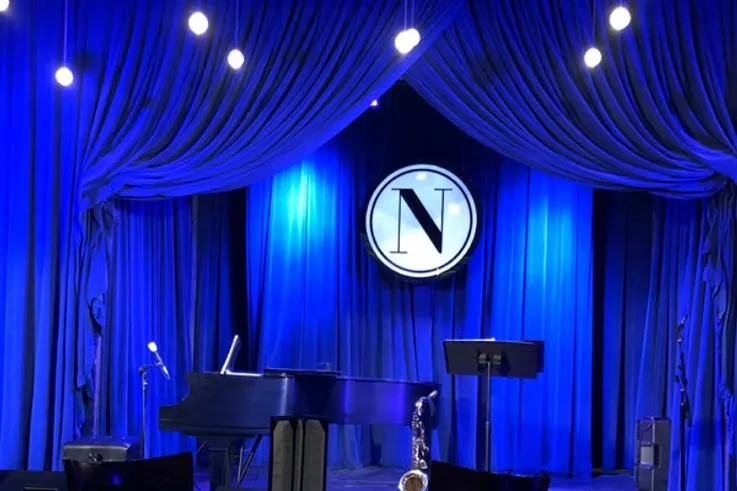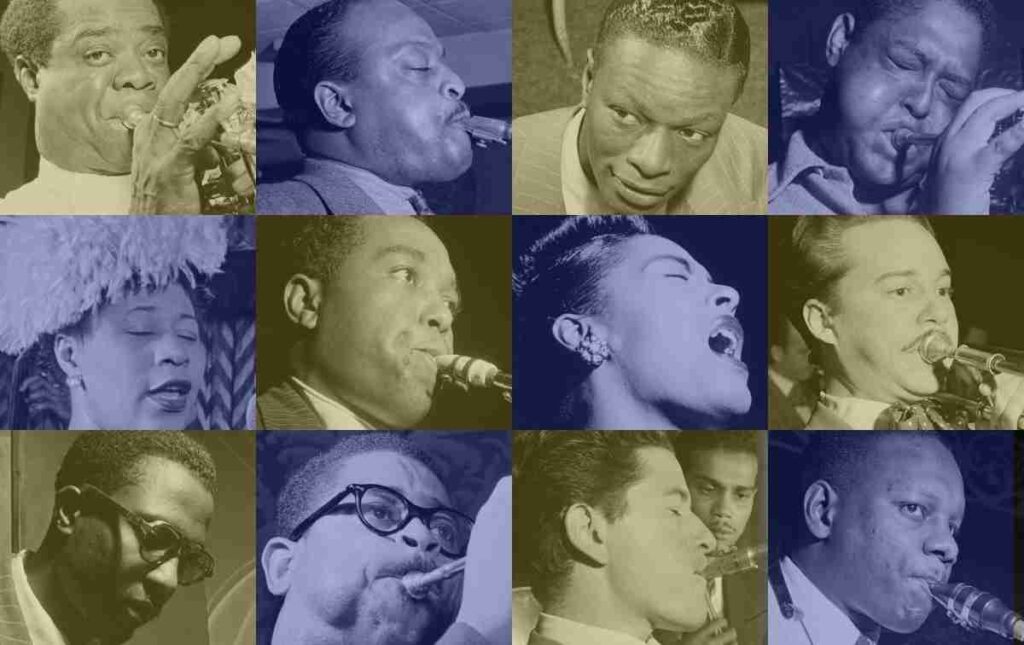I was seventeen years old when I first encountered the transcendent beauty of “In a Sentimental Mood,” recorded by jazz legends Duke Ellington and John Coltrane. Instantly, I was transported—not merely to a physical locale, but into an immersive emotional experience, coexisting in that eternal, musical moment alongside Duke and ‘Trane. At the time, I found myself adrift, couch-surfing within the Drake Neighborhood of Des Moines, Iowa during the 2010s—a far cry from Rudy Van Gelder’s iconic studio in Englewood Cliffs, New Jersey 50-something years earlier. Yet, despite the temporal and geographical divides, the music bridged the gap, connecting me intimately to their artistry. Their dynamic collaboration epitomized a profound freedom, a creative liberty that deeply inspired my own aspirations.

Jazz transcends mere musical classification—it represents a vibrant, evolving artistic phenomenon deeply interwoven with the lived realities, enduring resilience, profound creativity, and rich cultural expressions of African American communities. Originating amid social struggle and cultural celebration, jazz encapsulates improvisation, adaptability, and collaborative dynamism. Its inherent responsiveness and intuitive adaptability echo the historical realities faced by its creators. Similarly, the field of cybersecurity necessitates navigating unpredictability and adapting swiftly to emerging threats. Like jazz artists spontaneously innovating, cybersecurity professionals must constantly pivot and dynamically respond to unforeseen challenges, underscoring a shared essence: the nuanced artistry of adaptation.

One foundational lesson derived from jazz is the critical importance of timing. Precision in timing governs a percussionist’s rhythmic contributions just as effectively as it guides cybersecurity professionals formulating strategies and threat-detection cadences. Beyond mere intellectual understanding, both musicians and cybersecurity experts must intuitively sense and seamlessly integrate their actions within complex, interacting systems. Whether one is a forensic analyst meticulously uncovering an adversary’s hidden actions, a red-team strategist orchestrating precise attack vectors, or a trombonist captivating an enthralled audience at the revered Noce jazz club in downtown Des Moines, mastery of timing is paramount.
An equally significant principle is mindfulness and situational awareness. Jazz musicians engage in active, purposeful listening, deeply attuned to their fellow performers’ nuanced emotional and rhythmic shifts. Even slight variations provoke instantaneous adjustments, exemplifying heightened sensitivity and responsiveness. Similarly, cybersecurity professionals maintain continual vigilance, meticulously observing evolving digital landscapes for subtle signals that herald emerging threats. This vigilance demands more than mere technical proficiency; it requires an intuitive capacity to decode intricate anomalies. Much like a pianist foreseeing the saxophonist’s next improvisational turn, security analysts proactively anticipate adversaries’ strategies through subtle pattern recognition.
Effective collaboration and precise communication constitute the lifeblood of both jazz ensembles and cybersecurity teams. Jazz musicians intuitively communicate through musical dialogues characterized by trust, nuanced understanding, and spontaneous responsiveness, resulting in performances that appear effortlessly cohesive. Likewise, cybersecurity teams rely heavily upon rapid, accurate communication to manage crises effectively. Transparent sharing of responsibilities, insights, and strategies ensures a coherent, unified response. Similar to skilled jazz ensembles, cybersecurity teams flourish through mutual respect, clear roles, and synchronized coordination, achieving harmony in their collective efforts.
Resilience and adaptability are further critical intersections between jazz and cybersecurity. Skilled jazz performers adeptly navigate unexpected developments, gracefully transforming potential disruptions or mistakes into innovative and compelling improvisations. Similarly, cybersecurity professionals often face unexpected scenarios, rapidly pivoting strategies when initial defenses or planned approaches falter. Viewing unexpected challenges as opportunities for innovation rather than setbacks, successful cybersecurity professionals embody resilience akin to accomplished jazz musicians who skillfully convert uncertainty into artistic triumph.

Both jazz and cybersecurity thrive through continuous evolution and perpetual learning. Jazz continuously integrates diverse cultural, historical, and stylistic influences—from swing and bebop to fusion and contemporary interpretations—exemplifying adaptive openness and continuous renewal. Similarly, the cybersecurity landscape rapidly evolves, demanding that practitioners pursue ongoing education and constant skill refinement to remain effective. As jazz musicians evolve through collaborative experimentation and diverse influences, cybersecurity teams must similarly embrace continuous learning and adaptive innovation to maintain relevance and effectiveness.
Perhaps most compellingly, jazz illustrates the invaluable practice of improvisation. Each jazz performance is uniquely sculpted by the artists’ spontaneous emotional expressions, audience interactions, and the immediacy of the moment. Cybersecurity also demands constant improvisational agility, requiring practitioners to devise innovative responses to unanticipated threats. Predictable threats are rare, and rigid methodologies quickly become obsolete. The most resilient cybersecurity teams embrace uncertainty, converting unpredictability into a strategic asset, much as jazz musicians transform unexpected notes and rhythms into memorable artistic expressions.

In the vibrant interplay between jazz and cybersecurity lies a profound lesson: thriving amidst complexity and uncertainty necessitates embracing the jazz ethos—mindful attentiveness, articulate communication, unwavering adaptability, and courageous improvisation.
